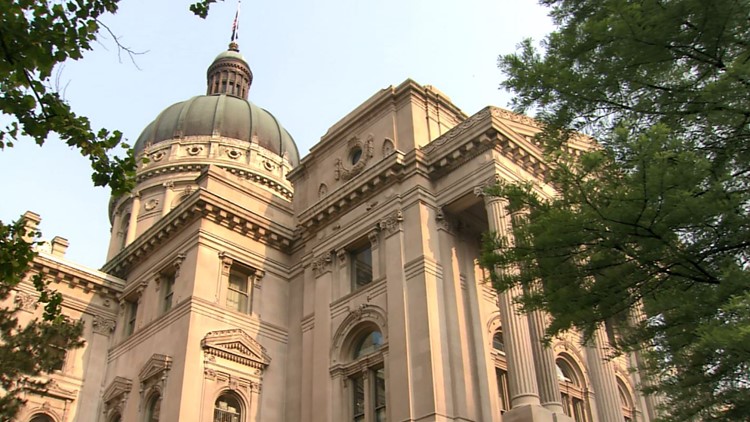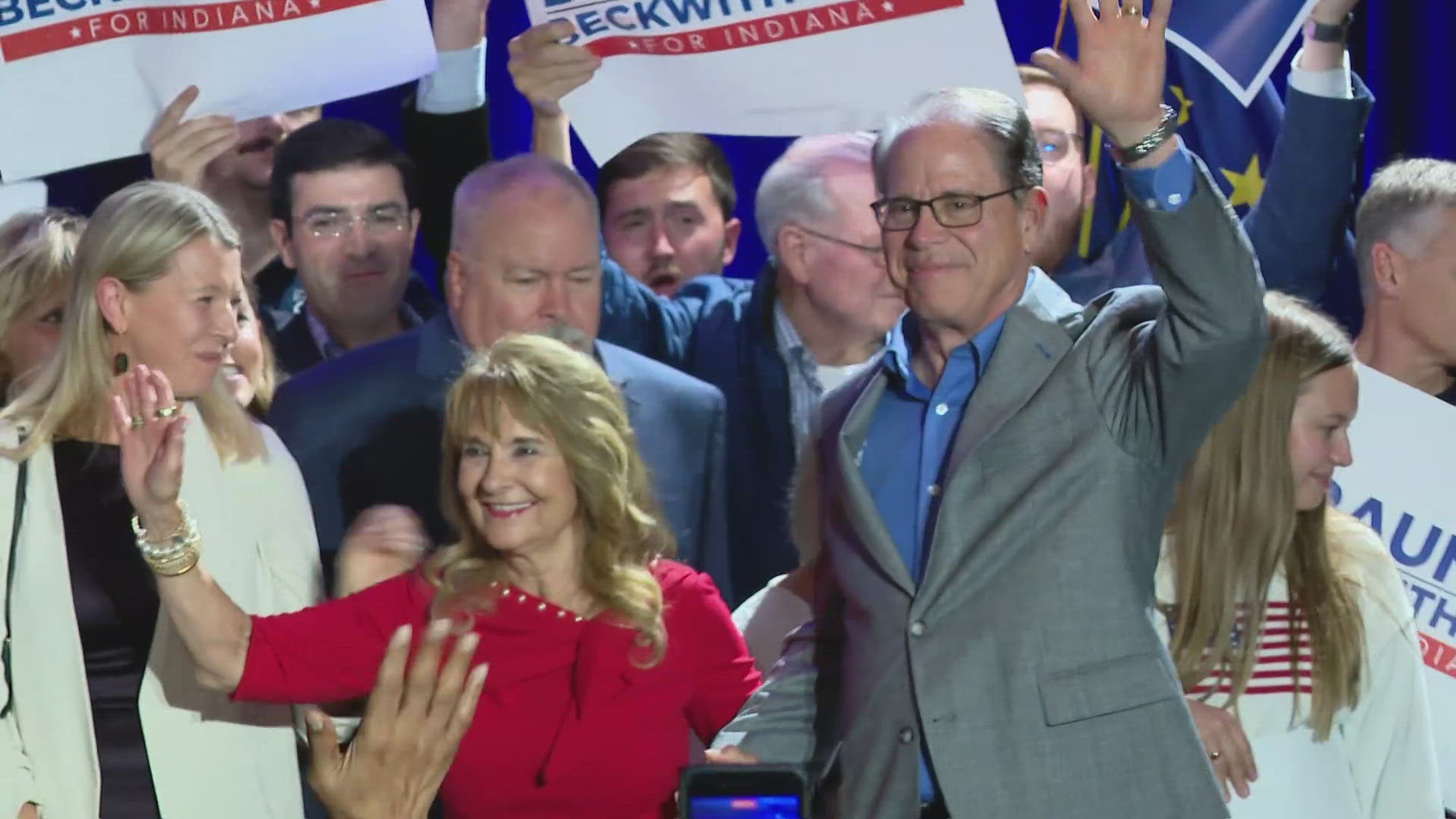INDIANAPOLIS — Indiana officials predicted Thursday that an economic downturn will dramatically slow the growth in state tax collections that have fueled a booming budget surplus over the past two years.
A report presented to the State Budget Committee forecast tax collections declining slightly over the next six months and then growing about 3% the next two years. That is far below the state’s 14.4% tax revenue jump during the last full budget year and has Republican Statehouse leaders questioning how much spending can be increased on schools and other big-ticket items.
Much of the Republican-dominated Legislature’s four-month-long session that begins in early January will focus on drafting a new two-year state budget, with Republican Gov. Eric Holcomb’s proposals poised to include a big increase in funding for local public health programs stressed by the COVID-19 pandemic and a plan for making salaries for state employees more competitive.
“I think we need to be very cautious as we move forward,” said Senate Appropriations Committee Chairman Ryan Mishler, a Republican from Bremen.
Tom Jackson, an economist with New York-based S&P Global, told the committee that a “mild recession” was expected during 2023 because inflation and higher interest rates will discourage consumer spending.
Mishler said state agencies have already outlined increased funding requests that top the roughly $600 million growth in tax revenue projected for each of the next two years. Holcomb’s administration hasn’t yet proposed how much additional state money should go to K-12 schools, which received increases of about 4.5% a year for an additional $1 billion in the last budget plan approved in 2021.
Major spending items discussed by Holcomb or Republican legislative leaders include $500 million for a new round of regional economic development grants and $300 million over the next two years toward a goal of boosting Indiana’s county public health department funding from its current 45th national ranking to the national average. State officials have also raised worries about inflation increasing the cost of numerous construction projects beyond what the Legislature budgeted for them.
The big jump in tax collections and a $3 billion infusion of federal COVID-19 relief money helped the state’s cash reserves triple in size over the past two years to $6.1 billion by the end of June. But lawmakers since then approved a Republican plan for a $200-per-taxpayer rebate costing about $1 billion after enacting in March a plan cutting the individual income tax rate from 3.23% to 2.9% in small steps until 2029.
Democrats pointed to another Republican-backed move that eliminated a utility company tax that they say was mainly charged to large industrial customers and was projected to amount to an estimated $220 million annual revenue drop.
Democratic Rep. Greg Porter of Indianapolis said that utility tax cut alone has cost state coffers about $90 million since it started July 1 and compared it to the $300 million boost sought for public health spending.
“If we did not do that, at this point, we would have had at least half the money that was requested by (the state health department) to take care of Hoosiers and make sure public health departments were taken care of,” Porter said.



